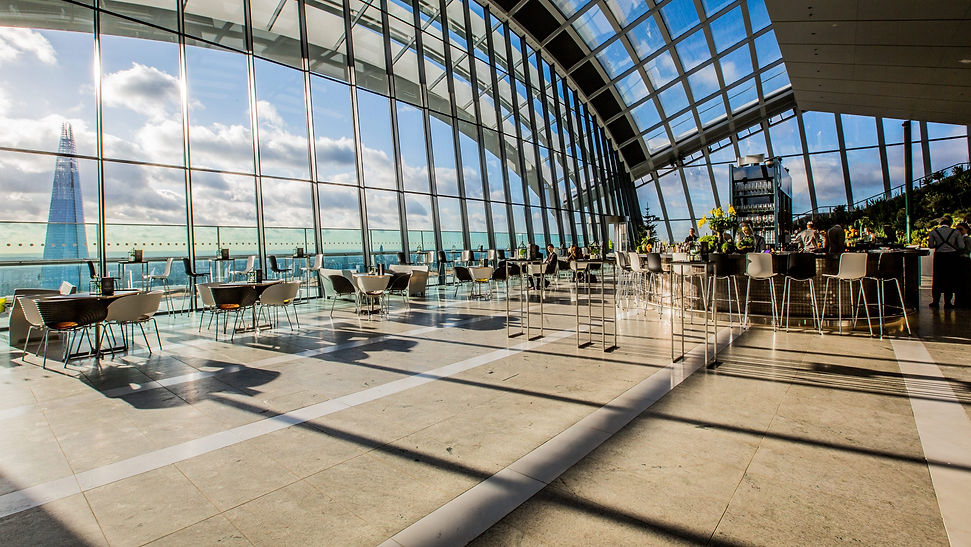
Customizing Your Glazing: An Introduction to Revit Curtain Wall Types
Glazing is a fundamental part of modern architecture, and in Revit, the curtain wall tool is the primary way we model it. But if you've ever started a new project, you may have noticed there are three different default curtain wall types: "Curtain Wall 1," "Storefront," and "Exterior Glazing." What's the difference, and more importantly, why would you choose one over the other?
This post will demystify these three types and show you how to easily customize them to fit your project's unique design.
The Big Three: Understanding the Default Curtain Wall Types
At first glance, all three seem to do the same thing: create a wall of glass. However, they are pre-configured with different properties that control their behavior. Think of them as templates for your glazing.
1. Curtain Wall 1
-
What it is: The most basic and "empty" of the three.
-
Key Feature: It comes with no pre-defined grids or mullions.
-
When to use it: This is your blank canvas. Use this type when you want complete control over your curtain wall's design from the very beginning. You will manually add all your grids and mullions after placing the wall. This is ideal for a truly custom facade, a unique window arrangement, or for modeling a system that doesn't follow a regular grid.
2. Exterior Glazing
-
What it is: A step up in automation.
-
Key Feature: It automatically places curtain grids at a fixed interval. It does not automatically add mullions.
-
When to use it: Perfect for situations where you have a consistent grid spacing but want to manually place your mullions. For example, if you have a grid of 5-foot horizontal spans but only want mullions on the vertical joints, this is a great starting point. The automatic grids give you a great visual reference for snapping other elements into place.
3. Storefront
-
What it is: The most automated and commonly used type.
-
Key Feature: It automatically places both the curtain grids and all the associated mullions.
-
When to use it: This is the workhorse for most typical glazing applications. As the name suggests, it's perfect for creating standard storefronts, office building facades, or any glazing system with a regular, uniform grid. It saves you the time of having to manually add every single mullion.
The Power of Duplication: Creating Your Own Glazing Type
Now that you know the difference, let's talk about the real power of Revit: customization. You are not stuck with the default settings. By duplicating and modifying a wall type, you can create a new, custom glazing type that's perfect for your project.
Let's say you want to create a "Storefront" type but with a different mullion profile and a 6-foot horizontal grid instead of the default 5-foot spacing.
Step-by-Step Customization:
-
Select a Curtain Wall: Place a "Storefront" wall in your model.
-
Duplicate the Type:
-
With the wall selected, go to the Properties palette.
-
Click on "Edit Type".
-
In the "Type Properties" dialog box, click on "Duplicate".
-
Give your new type a descriptive name, like "My Custom Storefront - 6' Grid". This is crucial for keeping your project organized!
-
-
Adjust the Grids:
-
In the "Type Properties" dialog, look for the "Vertical Grid" and "Horizontal Grid" parameters.
-
Change the "Layout" from "Fixed Distance" to your desired spacing. In our example, we'll leave it as "Fixed Distance" but change the "Spacing" value from 5' to 6'.
-
-
Change the Mullion Profiles:
-
Scroll down to the "Vertical Mullions" and "Horizontal Mullions" sections.
-
Here you can change the "Interior," "Border 1," and "Border 2" mullion types to any pre-loaded family in your project.
-
For example, you could swap out the default "Rectangular Mullion" with a circular profile or a custom one you've loaded.
-
-
Hit "OK": Your new, customized curtain wall type is ready to use! Now, every time you select "My Custom Storefront - 6' Grid" from the wall list, it will automatically place a storefront with your specific settings.
A Final Tip
The next time you're about to add a curtain wall, take a moment to consider which of the three default types is the best starting point. Whether you need a blank canvas for a unique design or a quick storefront with a few minor tweaks, choosing the right template will streamline your workflow and keep your Revit model clean and efficient. Happy modeling!


